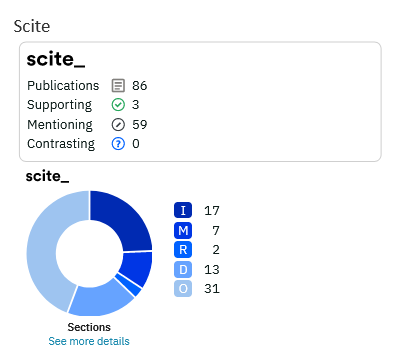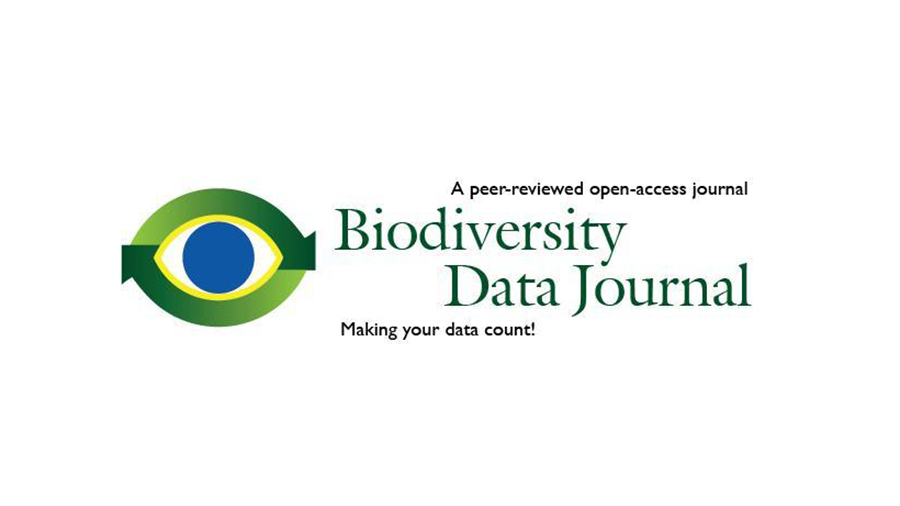In the ever-evolving landscape of academic publishing, comprehensive and informative citation metrics can make all the difference. Pensoft, the scholarly publisher and technology provider, and the innovative scite.ai platform, have partnered to provide a novel service that is looking to change the way readers perceive and utilise citation data.
scite.ai has been making waves in the scholarly world with its pioneering approach to citation metrics. At the heart of their offering are two distinctive badges, elegantly displayed on the article’s page to let readers gain deeper insights into how a publication is cited by other indexed works.

Each citation is categorized as Supporting, Contrasting, or Mentioning, based on the context of surrounding sentences within the citing publication. This way, anyone can explore not just how many times a document has been cited but also why.
The feature is already accessible under the Metrics tab of any research paper published by a Pensoft journal. The first scite.ai badge displays the number of citations, breaking them down into Supporting, Contrasting, or Mentioning; the second one offers insights on the sections of an article where the citations were featured.
At Pensoft, we are confident that this new functionality enhances the discoverability and contextual richness of articles published in our journals. The integration also empowers Pensoft’s users to gain deeper insights into their research. Whether you’re a scientist seeking to validate your research or a reader in search of authoritative sources, this new feature promises to enrich your academic journey.
***
Stay up to date with the latest integrations and features available at journals published by Pensoft by following ARPHA Platform on Twitter and Linkedin.






